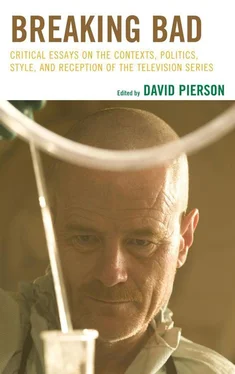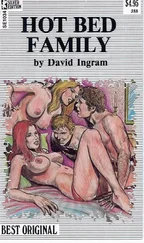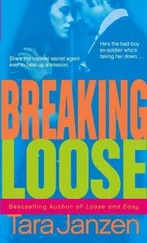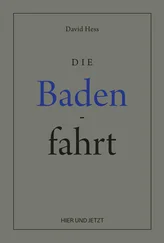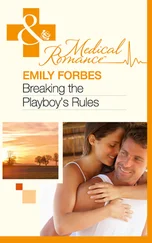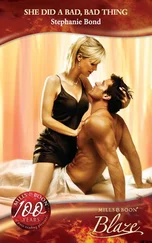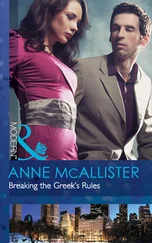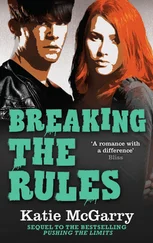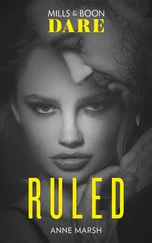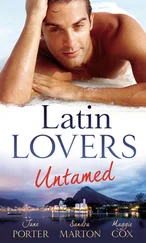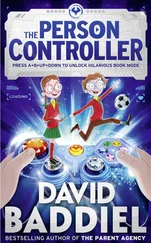Harnett, Alison. “Escaping the ‘Evil Avenger’ and the ‘Supercrip’: Images of Disability in Popular Television.” The Irish Communications Review . 8. (2000): 21-29.
Gartner, Alan and Tom Joe, eds. Images of the Disabled, Disabling Images . New York: Praeger, 1987.
Hevey, David. “The Enfreakment of Photography.” In The Disability Studies Reader , 3rd ed., edited by Lennard J. Davis. 507-521. New York: Routledge, 2010.
Hubbard, Ruth. “Abortion and Disability: Who Should and Should Not Inhabit the World?.” In The Disability Studies Reader , 3rd ed., edited by Lennard J. Davis. 187-202. New York: Routledge, 2010.
Kent, Deborah. “In Search of a Heroine: Images of Women with Disabilities in Fiction and Drama.” In Women with Disabilities: Essay in Psychology, Culture, and Politics , edited by Michelle Fine and Adrienne Asch. 229-244. Philadelphia: Temple University Press, 1988.
Padden, Carol and Tom Humphries. “Deaf People: A Different Center.” In The Disability Studies Reader, 3rd ed., edited by Lennard J. Davis. 393-402. New York: Routledge, 2010.
Porter, Theodore M. The Rise of Statistical Thinking 1820-1900 . Princeton: Princeton University Press, 1986.
Selden, Steven. “Transforming Better Babies into Fitter Families: Archival Resources and the History of the American Eugenics Movement, 1908-1930.” American Philosophical Society . 149:2. (2005): 199-225.
Siebers, Tobin. Disability Theory . Ann Arbor: The University of Michigan Press, 2008.
Silvers, Anita and David Wasserman and Mary B. Mahowald, eds. Disability, Difference, Discrimination: Perspectives on Justice in Bioethics and Public Policy . Lanham, MD: Rowman & Littlefield, 1998.
Snyder, Sharon and David T. Mitchell, eds. Cultural Locations of Disability . Chicago: University of Chicago Press, 2006.
Straus, Joseph N. “Autism as Culture.” In The Disability Studies Reader, 3rd ed., edited by Lennard J. Davis. 535-559. New York: Routledge, 2010.
Terry, Jennifer and Jacqueline Urla, eds. Deviant Bodies . Bloomington: Indiana University Press, 1995.
U.N. “World Programme of Action Concerning Disabled Persons.” New York: United Nations, 1983.
Wade, Cheryl Marie. “It Ain’t Exactly Sexy.” In The Ragged Edge: The Disability Experience from the Pages of the First Fifteen Years of the Disability Ra, edited by Barrett Shaw. 88-90. Louisville, KY: Advocado Press, 1994.
Wendell, Susan. The Rejected Body . New York: Routledge, 1996.
III
The Style and Reception of Breaking Bad
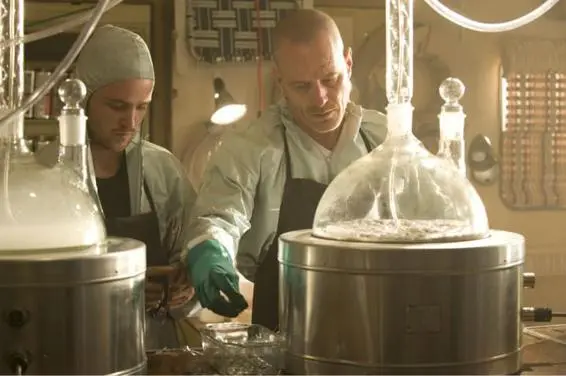
Breaking Bad (AMC). Season 2 Episode 16: “4 Days Out.” Airdate: 3 May 2009. Shown: Aaron Paul, Bryan Cranston.
AMC/Photofest © AMC. Reprinted by permission of Photofest.
Chapter 7
BREAKING THE WAVES
Pierre Barrette and Yves Picard
Vince Gilligan (2011), the creator of Breaking Bad , during the Séries Mania festival in Paris in 2011 explained his work to a French audience clearly locating his series as belonging to the kind of recent American television fiction that draws on cinema rather than on television, or even in some cases on radio, for its aesthetic paradigm:
Chris Carter, the creator of The X-Files , his philosophy was that we are using moving pictures, we should therefore be telling a story visually, as visually as possible. That was, at the time, 1993, a bit, somewhat radical for an American television, the idea that showing rather than telling. In other words, a lot of television has been historically dialogue dependant, because series television has often not much time to shoot an episode and have to tell rather than show. But he was about showing rather than telling, whenever possible. And that is the philosophy I have very much taking heart, very much incorporated into the creation of Breaking Bad . (Gilligan, 2011)
Like the series Mad Men , which is also broadcast on the AMC network and which, as Jeremy Butler (2012) has demonstrated, has a visual aesthetic whose mise en scène references 1960s cinema more than it does television of the same period, Breaking Bad is part of a phenomenon that one scholar, following Variety , has described as the “cinematization of the small screen” (Buxton 1999, 69). That being the case, is the cinematization of American television fiction only a technological moment (the advent of high-definition television), or also a new degree of aesthetics? Breaking Bad provides an enlightening answer. Since the advent of the new millennium American television fiction, along with that found elsewhere, including Quebec (Picard 2011), has entered a “third Golden Age” (Perez-Gomez 2011), which we believe is also an age of second-degree style. This is what we set out to explain in the present text. In essence, we will argue that the television series created by Gilligan has attained a new degree of expression, one that Christian Metz (1991) described, following other scholars but in a distinct sense, as “enunciation,” or in a few words the meta-discursive expressive figures disseminated in the text. In the present discussion we will examine only a sampling of the series Breaking Bad ’s second season. Beyond the wink, the reader will find here an invitation to compare our results with the other seasons, afterward examining the final season in particular, which was not yet completed at the time these lines were written. This text thus has a scholarly quality that Walter White would undoubtedly not have disdained at the outset of his quest: if the results of the experiment can be transferred, it is because the demonstration was conclusive.
To attain this end, we will proceed in three stages, according to a common scientific method: hypothesis, results and interpretation. First, we will discuss the hypothesis of the second degree of television through a path that leads from zero-degree style (Barthes 1977) to second-degree style (Genette 1997), situating them on an aesthetic spectrum in keeping with Jeremy Butler’s (2012) proposals. For reasons of space, we will not discuss first-degree style. Second, as we described above, we will apply the concept second-degree style to the second season of Breaking Bad , taking examples from two episodes, the first [1] We examine here the second season of Breaking Bad and in particular its first episode also because of the production circumstances which make this season and this episode especially interesting. The scriptwriters’ strike had a significant effect on the first season, to the extent that we can think of the second season as better expressing the ambitions of the people behind the show. In this sense the first episode of this series might constitute the series’ pilot.
and the last. In each case, we will analyze three exemplary sequences in order to bring out the variety of expressive techniques used and the coherent vision they create. Finally, we will discuss the results and consider the paths that our theoretical model opens up.
FROM ZERO-DEGREE STYLE TO SECOND-DEGREE STYLE
Roland Barthes’ (1977) concept zero-degree style of writing is not unfamiliar in television studies. John Thorton Caldwell (1995), for example, used it to shine light on the sitcom aesthetic. Elsewhere, Butler (2012) used the concept to cast into relief the aesthetic of the soap opera. These two scholars’ bodies of work complement each other like masks in the theatre. What is more, their ideas converge. Basically, their results show that, because they are recorded in studio, these two genres of American television fiction have in many respects a restricted visual style to the point that it could be argued that we are in the presence of a “non-style.” The absence of clear subjectivity gives the (false) impression that the result is objective. Naturally, as journalism shows us, complete objectivity is a myth. When events seem to tell themselves, journalists have taken a passive attitude towards reality and limited themselves to observing from without and to showing us raw fragments, the so-called facts, without interpreting them. This is similar to the aesthetic of sitcoms and soap operas: here we are shown a televised fiction from the point of view of a spectator watching a stage performance taking place before him, recording it without interruption to preserve these pieces of life. As Butler remarks, the result “seems live.” Clearly, zero-degree style unfolds in the present.
Читать дальше
